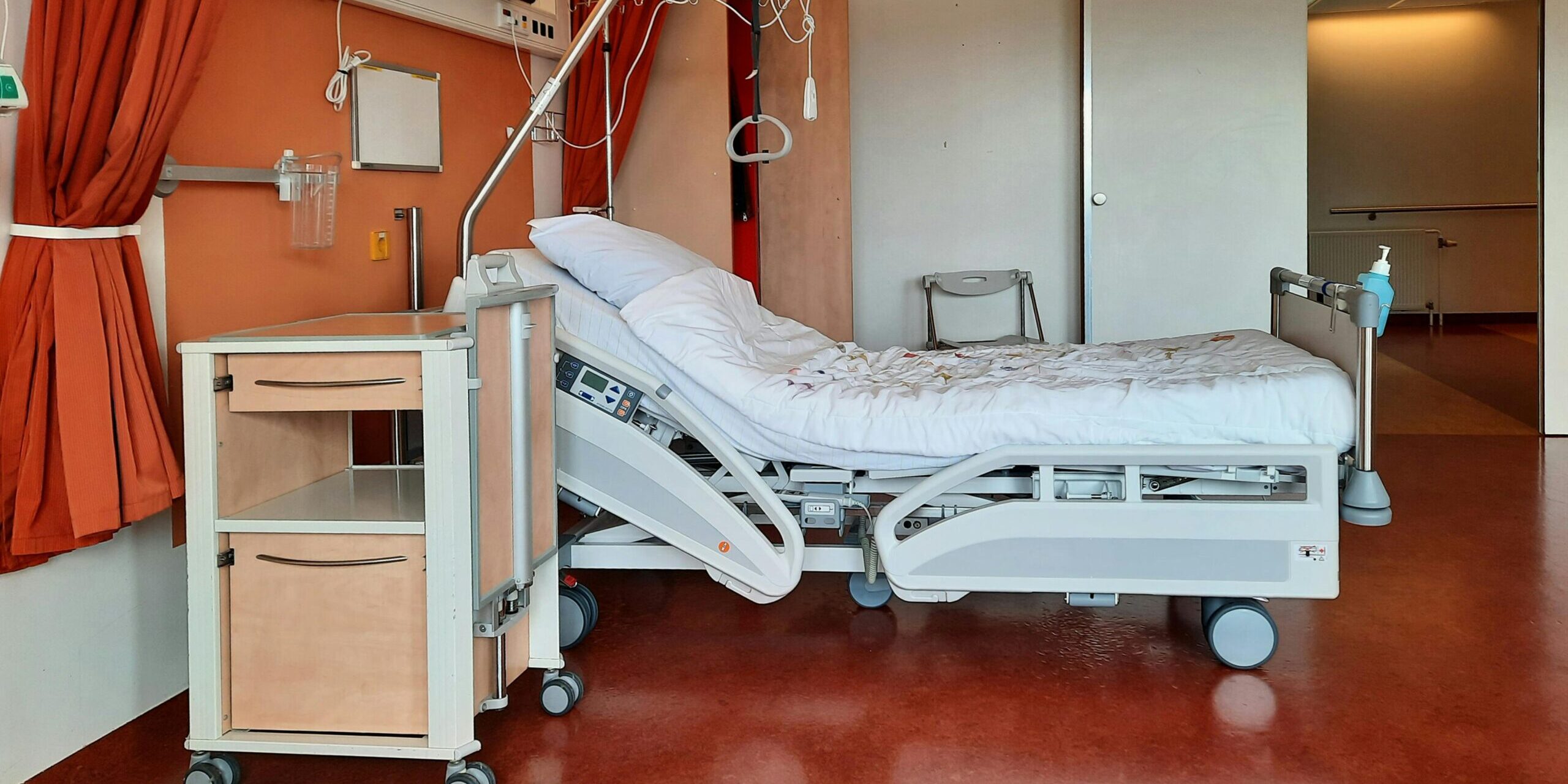March 6, 2025
Tell them more: Informing prenatal patients of the realities of delivery may reduce lawsuits and improve doctor-patient relationships

A proposal on informing prenatal patients of more than just procedures and explaining what can really happen during labor and delivery.
As defense counsel in hundreds of obstetrical cases, we have had the unique experience of hearing about complicated deliveries directly from the patients and the providers during depositions and trials. What we have observed in these cases is patients lack perspective of the true medical emergencies presented to the providers, often without warning, that require quick action and skilled judgment. We have also observed patients lack appreciation that the providers save the lives of these children who may experience injury.
This disconnect should change, and this is how we propose that be done. In the early prenatal phase, clinicians should inform and document patients about the serious complications that can occur during labor and delivery and what can be done. In understandable terms, complications, and options to discuss should include, 1) shoulder dystocia, 2) brachial plexus injury, 3) fetal distress, 4) maneuvers and fracture of the collar bone, and 5) c-section intervention. Those should be discussed with all prenatal patients because many emergency situations are not foreseeable. For example, most brachial plexus injuries occur in infants who are not macrocosmic and never exhibited clinical or sonographic evidence of macrosomia.
What the provider must document regarding this discussion is exactly what a defense expert may be expected to say at trial. With regard to shoulder dystocia and brachial plexus injury, the record should reflect the patient was advised of:
1. The issue – the baby can become stuck due to a) large fetal size, b) poor maternal effort, c) rapid decent, and/or d) fetal and maternal habitus;
2. The cause – shoulder dystocia and brachial plexus injury can occur without clinical or sonographic warning and can result from necessary maternal forces of labor;
a. NOTE: If maternal forces of labor is documented in the prenatal chart as a cause of injury, then it will be evidence at trial and provide the defendant OB/GYN and defense expert OB/GYN support when opining that maternal forces of labor are a non-negligent, unavoidable cause of nerve injury.
3. What it means – shoulder dystocia is a medical emergency because the infant may not receive sufficient oxygen while stuck, so judgment will be used to free the baby and may include performing maneuvers and fracturing the collar bone; properly performed maneuvers to free the baby can still result in injury, but that the goal for all is to accomplish delivery limiting oxygen deprivation.
The above basic outline for documenting a prenatal education discussion can be applied to all 5 delivery complications noted above and tees up a defense at trial, if needed.
We have asked doctors why this seemingly obvious prenatal discussion does not already routinely occur, and the consensus response has been a desire not to scare patients. The only options cannot be not telling patients or scaring them. We believe patients are entitled to know about these unlikely but very serious complications and in a prenatal setting that is conducive to facilitating discussion and asking/answering questions. Moreover, in this age of information, we believe patients want to know.
Equally important to educating patients about these complications, is educating patients that medical judgment will be required of providers to quickly resolve these medical emergencies they did not cause and which pose significant risk of injury.
We believe that informed patients will appreciate being included and will appreciate the remarkable responsibility and role of their labor and delivery team. We further believe that patients that understand their OB/GYN freed a stuck baby that could have died, will be grateful instead of suing over an injured arm.
To be clear, the above is not intended to be a risks, benefits, and alternatives discussion and note because maneuvers, for example, are not a “procedure” within the meaning of Public Health Law 2805(d). Instead, the purpose is to impress our belief that the prenatal phase is an optimal time to discuss delivery complications, and, in fact, an entire office visit can be dedicated to the patient’s education and birth plan.
We believe most patients will still opt for a vaginal delivery despite such discussion due to several reasons (religion, culture, desire to avoid anesthesia, recovery time, further pregnancies planned, etc.). When they do, the prenatal provider note should make clear that the patient was so educated, as well as clearly document the patient “insists on a vaginal delivery.” Ideally, this prenatal education note including the discussion of complications and birth plan should be on a particular prenatal form that is available electronically to the location of the planned labor and delivery, as well as given to plaintiff.
From a trial perspective, such a prenatal education note provides 3 immediate benefits to the defense. First, if a lawsuit is brought and alleges a sooner cesarean section should have been done to avoid injury, then having a note that reflects exactly the situation was discussed and the patient “insists on a vaginal delivery” would be compelling evidence to present to jury (and blow-up as an exhibit) in support of the defense. Second, using the word judgment in the note, as suggested above, would support argument by the defense that the Court is obligated to instruct the jury on the pro-defense, judgment charge PJI 2:150.[1] Third, in a brachial plexus injury case, as above, the defense already has foundation and support for an argument that maternal forces of labor were the cause of injury.
If you would like to learn more or connect about this topic, the author’s contact information is below.
Emily Fernandez, Partner, White Plains — Emily.Fernandez@wilsonelser.com; (914) -872-7509
Alan B. Friedberg, Senior Counsel, White Plains — Alan.Friedberg@wilsonesler.com; (914) 872- 7172
References
[1] Per PJI 2:150, also known as the judgment charge, “a doctor is not liable for an error in judgment if (he, she) does what (he, she) decides is best after careful evaluation if it is a judgment that a reasonably prudent doctor could have made under the circumstances. In other words, a doctor is not liable for malpractice if he or she chooses one of two or more medically acceptable courses of action.”
Meet the Authors
 Emily L. Fernandez, Partner
Emily L. Fernandez, Partner
Wilson Elser Moskowitz Edelman & Dicker LLP
Emily Fernandez litigates medical malpractice and nursing home cases in state and federal court through and including trial to verdict. Her clients include prominent hospitals, EMS providers, nursing homes, doctors, nurses and other health care providers. Emily is a Regional Representative of the firm’s Medical Malpractice & Health Care Practice Team and is active in the firm’s Women Attorneys Valued and Empowered (WAVE) initiative, which promotes advancement of female attorneys. Emily lectures to clients and on panels, and she publishes on current trends in the law relating to medical malpractice litigation.
Emily is a talented, diverse, female trial attorney, who excels at advocacy and ingenuity. She solves problems and gets results.
Areas of Focus
Medical Malpractice
Emily’s practice focuses on defending hospitals, ambulatory surgery and urgent care facilities, and health care providers in all medical specialties. She defends against claims relative to all types of medicine, such as complicated delivery/brain damaged infants, failure to diagnose cancer, surgical complications, infection cases, ENT matters, delay in diagnosis cases, stroke/neurological cases, orthopedic matters, radiological misreads and more.
Long-Term Care Facilities & Nursing Homes
Emily’s practice includes defending long-term care facilities and nursing homes in claims involving negligence and public health law violations related to pressure ulcers, deep tissue injuries, weight loss and falls.
General Liability
Emily’s practice also includes the defense of general liability matters, including slip and falls in medical facilities, intentional infliction of emotional distress, assault, defamation and employment issues.

Alan B. Friedberg, Senior Counsel
Wilson Elser Moskowitz Edelman & Dicker LLP
Alan Friedberg is a veteran trial lawyer and former prosecutor who has tried numerous civil and criminal cases during his career. In his current role, Alan defends hospitals and health care providers against the full range of medical malpractice claims brought in New York state and federal courts.
As counsel to major hospitals in Bronx County and throughout the New York metropolitan area, Alan has defended obstetricians, neurosurgeons, plastic surgeons and a myriad of other providers in complex, high-exposure cases. While his current practice focuses in the medical malpractice area, Alan has extensive experience defending at trial manufacturers and ski area operators in product and general liability claims.
Alan frequently has presented in-service and continuing medical education (CME) programs to residents, interns and other health care professionals on medical malpractice claims handling and risk management. For a large medical malpractice insurance carrier, Alan and his team produced a CME program, including a video and supporting materials, that is now required viewing by the client’s insured doctors in order to renew their policies.
From 1977-1984, Alan worked as an assistant district attorney, senior assistant district attorney and career criminal prosecutor in the Rockland County, NY, District Attorney’s office.
News Type
PLUS Blog
Business Line
Healthcare and Medical PL
Contribute to
PLUS Blog
Contribute your thoughts to the PLUS Membership consisting of 45,000+ Professional Liability Practitioners.
Related Podcasts

Healthcare and MedPL Perspectives on Coronavirus
The next PL Perspectives on Coronavirus recording is available! Kirsten Beasley, Bill…
Related Articles

Executive Summary: The Betterley Report’s Cyber Insurance for Healthcare Market Survey—2025
The cyber market for healthcare is shifting fast, and the latest Betterley…

The Hidden Liability in Your EMR: How Documentation Errors Drive Medical Malpractice Claims
Electronic Medical Records (EMRs) play a vital role in today’s health and…

Closing Keynote Spotlight: Forecasting the Future with Andrew Busch
The 2025 PLUS Conference concluded on a high note with a powerful…
